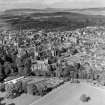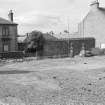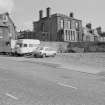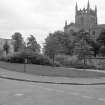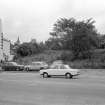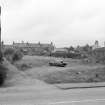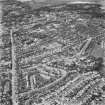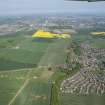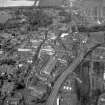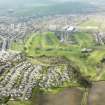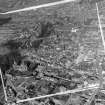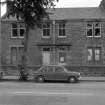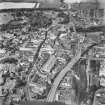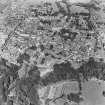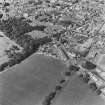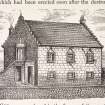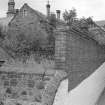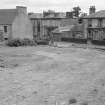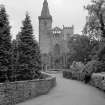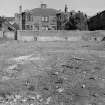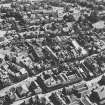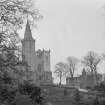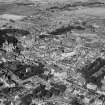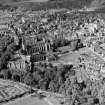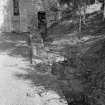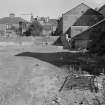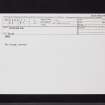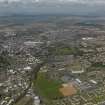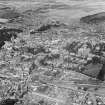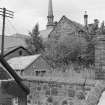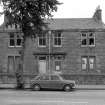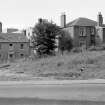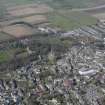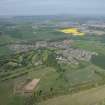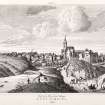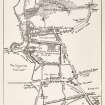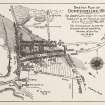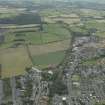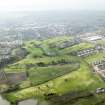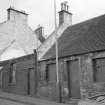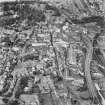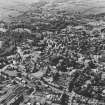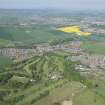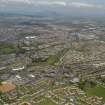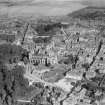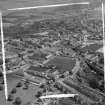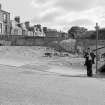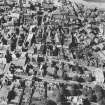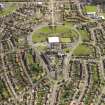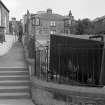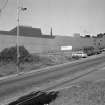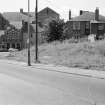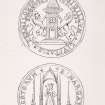Dunfermline, General
Burgh (12th Century), Town (Period Unassigned)
Site Name Dunfermline, General
Classification Burgh (12th Century), Town (Period Unassigned)
Canmore ID 49398
Site Number NT08NE 71
NGR NT 09103 87471
Datum OSGB36 - NGR
Permalink http://canmore.org.uk/site/49398
- Council Fife
- Parish Dunfermline
- Former Region Fife
- Former District Dunfermline
- Former County Fife
NT08NE 71 09 87.
See burgh survey.
Dunfermline is referred to as a king's burgh in the early years of the reign of David I {1124 x 1127}. This seems to have been situated across the Tower Burn from the abbey. It probably decayed early, and a community, a 'burghal suburb' grew up nearer the abbey. Edward I had ditchworks (NT08NE 100) constructed round the town in 1303. In a document of 1315 x 1328 it was recognised by Robert I as a burgh dependent on the abbey; it became a burgh of regality (Earl of Huntly) in 1588/9, and became a royal burgh (Queen Anne) in 1593/4.
G S Pryde 1965.
In the past 23 years much archaeological work has taken place in Dumferline, Fife. A wealth of information has been uncovered on the medieval burgh, revealing aspects of its development, society, trade and industry. In particular, the recently restored Abbot House has been found to contain a complex architectural and archaeological history.
D Perry 1999
NT08NE 71 09 87.
The National Trust Survey (1938) reports that there is now little of architectural interest left in Dunfermline. Pittencrieff house and Abbots House are of the greatest individual interest and Cross Wynd is the only street containing a group of old houses.
Classification: 2A, 3B. 5C houses.
EXTERNAL REFERENCE:
Mitchell Library, Glasgow
Annan Album (2-58) no 19, 20, 21 - 1 Photograph





























































